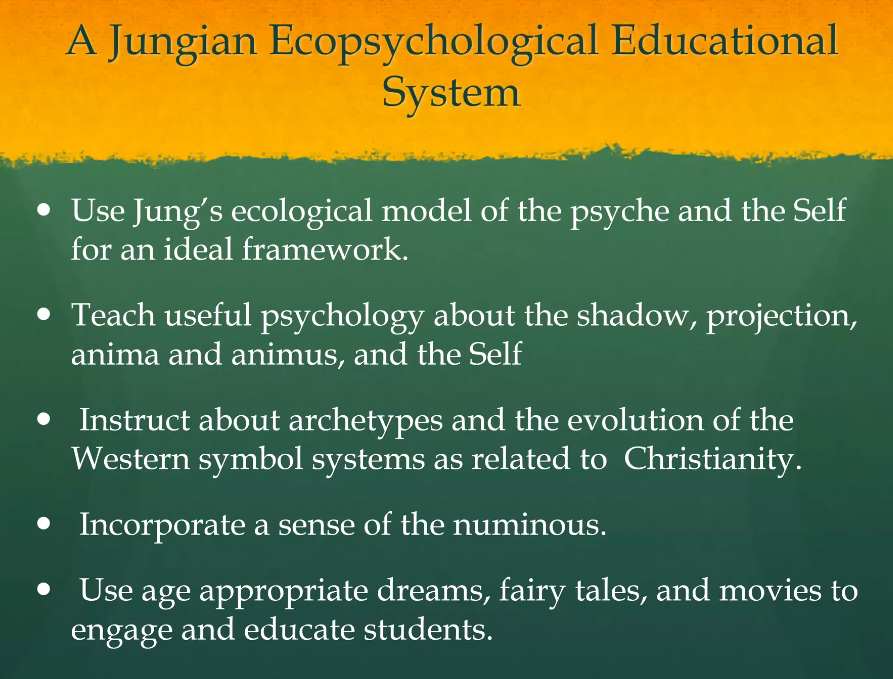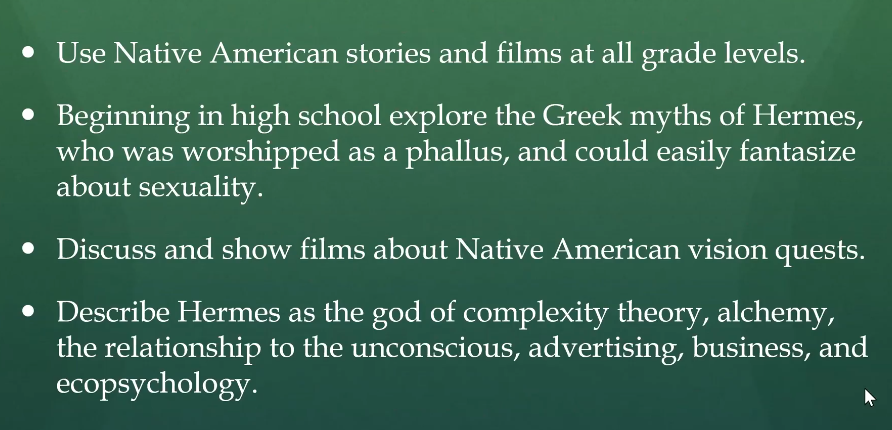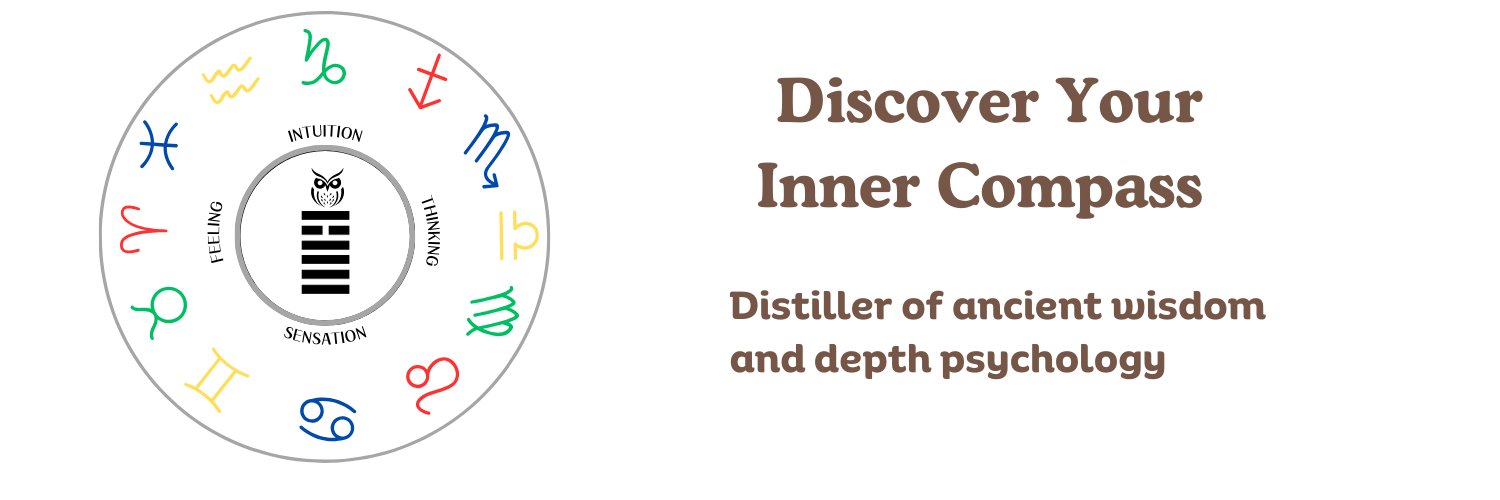As much as I love Jungian psychology, most Jungian analysts and enthusiasts tend to be on the older side. It would be great to see Jungian psychology taught to children.
That’s why I really enjoyed this video of Jungian analyst Dennis Merritt, where he talks about how to teach Jungian psychology to children.
As Merritt says, we’re not offering children an understanding of how we got here to this present cultural and environmental moment. We’re mostly making them aware of the negativity.
Jungian psychology can show children what we can do about how to improve the environment, relationships, and culture.
He recommends that the curriculum for students follow the levels of the collective unconscious as delineated by Jung:
- Individual – ego, shadow, anima/animus. There would be an emphasis on the spiritual dimensions of relationships with the opposite sex, so youth could learn about their own shadow in regards to people they don’t get along with well and the positive aspect of shadow in people they envy.
- Family – attachment theory determines how safe you feel in the world. 40% of people have poor attachment. The Madonna and child image is the perfect image of attachment at the transcendent level.
- Clan – the extended family.
- Nation – myths of country, like cowboy, have affected how Americans think of themselves. The minuteman myth is at basis of NRA.
- Large group – Eastern culture vs. western culture. Jung emphasized the importance of remaining in the culture you were born in. Religion also is in this category. Jung talked about how Christianity cuts us off from nature, animals, the feminine, and sensuality.
- Primeval ancestors – The “2 million year old man within” that Jung talked about, which all cultures share. Our indigenous roots.
- Animal ancestors – Indigenous people were close to this realm. An example is Native American spirituality and their indigenous connection with nature through spirit animals and ceremonies.
Here are more ideas for the curriculum:


